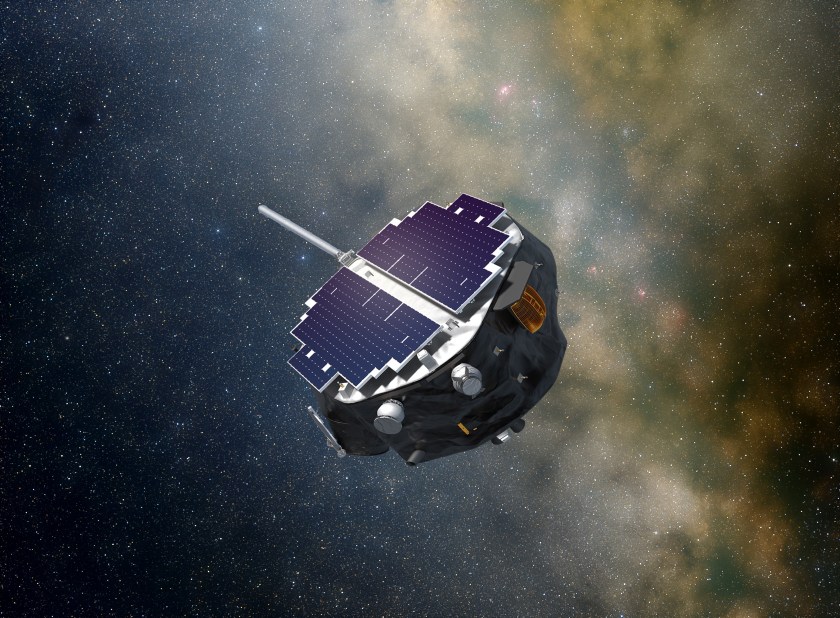NASA and SpaceX now are targeting no earlier than September 2025 for the launch of the agency’s IMAP (Interstellar Mapping and Acceleration Probe) spacecraft. The new date provides additional time for IMAP flight systems preparations prior to launch.
The IMAP mission will study the heliosphere, the Sun’s magnetic bubble that shields our solar system, to better understand the protective boundary. To achieve this, IMAP will sample, analyze, and map particles streaming toward Earth from the edges of interstellar space. The mission also will help researchers learn more about the solar wind — the constant stream of particles from the Sun — energetic particles, and cosmic rays in the heliosphere. These particles can affect human explorers in space, harm technological systems, and likely play a role in the presence of life itself in the universe.

In addition to IMAP, two other spacecraft will launch as rideshare missions:
-
-
- NASA’s Carruthers Geocorona Observatory will capture light from Earth’s geocorona, the part of the outer atmosphere that emits ultraviolet light. Studying this will allow researchers to better understand the atmosphere and improve our ability to predict how solar activity can affect the Earth.
- The National Oceanic and Atmospheric Administration’s (NOAA) Space Weather Follow On – Lagrange 1 mission will observe the Sun’s outer atmosphere, or corona, and measure the Sun’s constant stream of particles called the solar wind before it reaches Earth, to monitor the conditions that create space weather.
-
During their missions, all three spacecraft will orbit at Lagrange point 1, which is one of five areas where the gravity from Earth balances out the gravity from the Sun. Spacecraft that orbit at a Lagrange point need less fuel to remain in that position. Lagrange 1, which is about one million miles from Earth towards the Sun, is an excellent place to observe the Sun and provide advanced warning of space weather conditions headed towards Earth.
The IMAP spacecraft and the two rideshares will launch together on a SpaceX Falcon 9 rocket from Space Launch Complex 40 at Cape Canaveral Space Force Station in Florida.
Princeton University professor David J. McComas leads the IMAP mission with an international team of 25 partner institutions. The Johns Hopkins Applied Physics Laboratory in Laurel, Maryland, builds the spacecraft and operates the mission. NASA’s IMAP is the fifth mission in NASA’s Solar Terrestrial Probes program portfolio. The Explorers and Heliophysics Project Division at NASA’s Goddard Space Flight Center in Greenbelt, Maryland, manages the program for the agency’s Heliophysics Division of NASA’s Science Mission Directorate.
Carruthers Geocorona Observatory is led by University of Illinois Urbana-Champaign professor Lara Waldrop. Carruthers Geocorona Observatory is a mission of opportunity in the Solar Terrestrial Probes program. As the Space Weather Follow On – Lagrange 1 mission owner, NOAA provides funds and manages the program, operations, data products, and dissemination to users.
NASA’s Launch Services Program, based at the agency’s Kennedy Space Center in Florida, manages the launch service for the missions.

